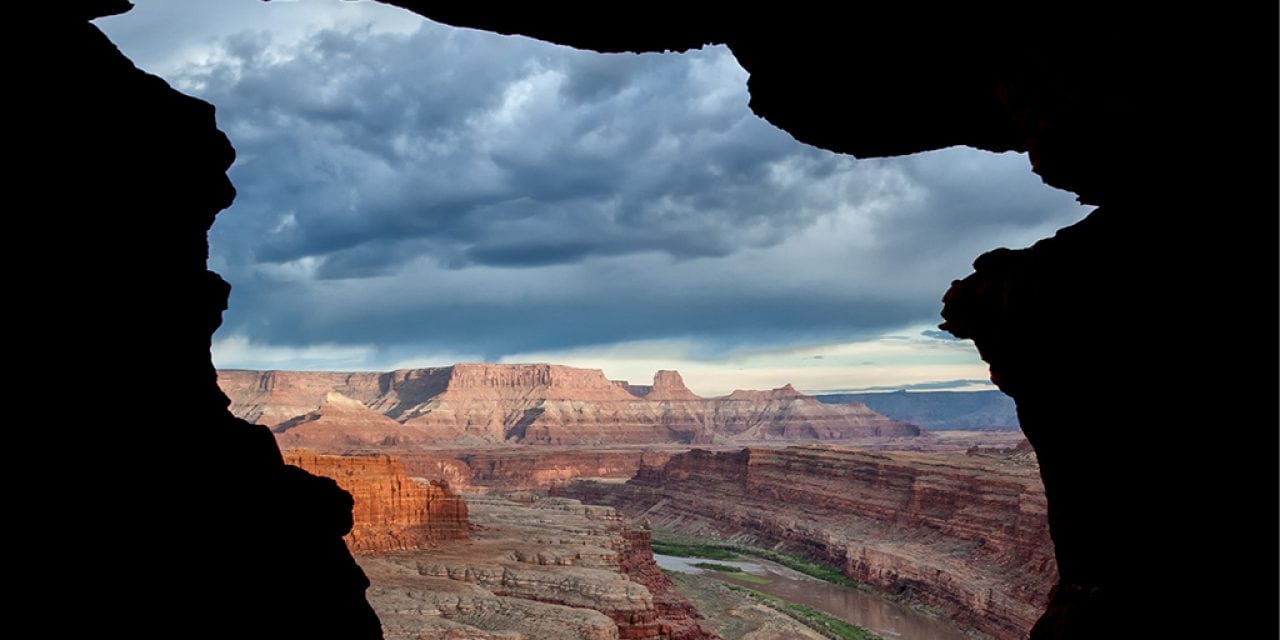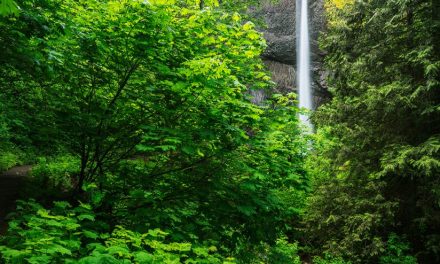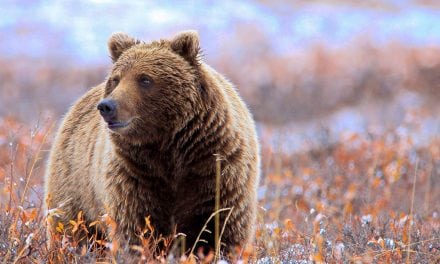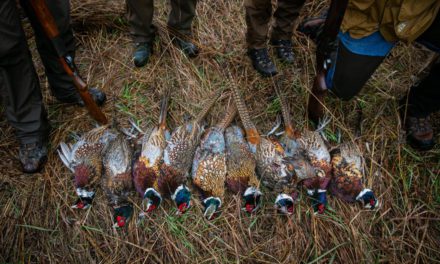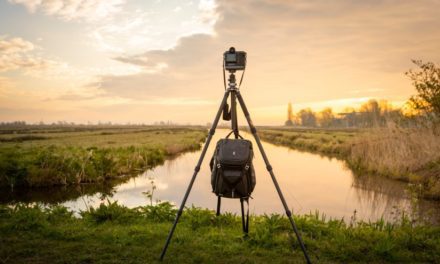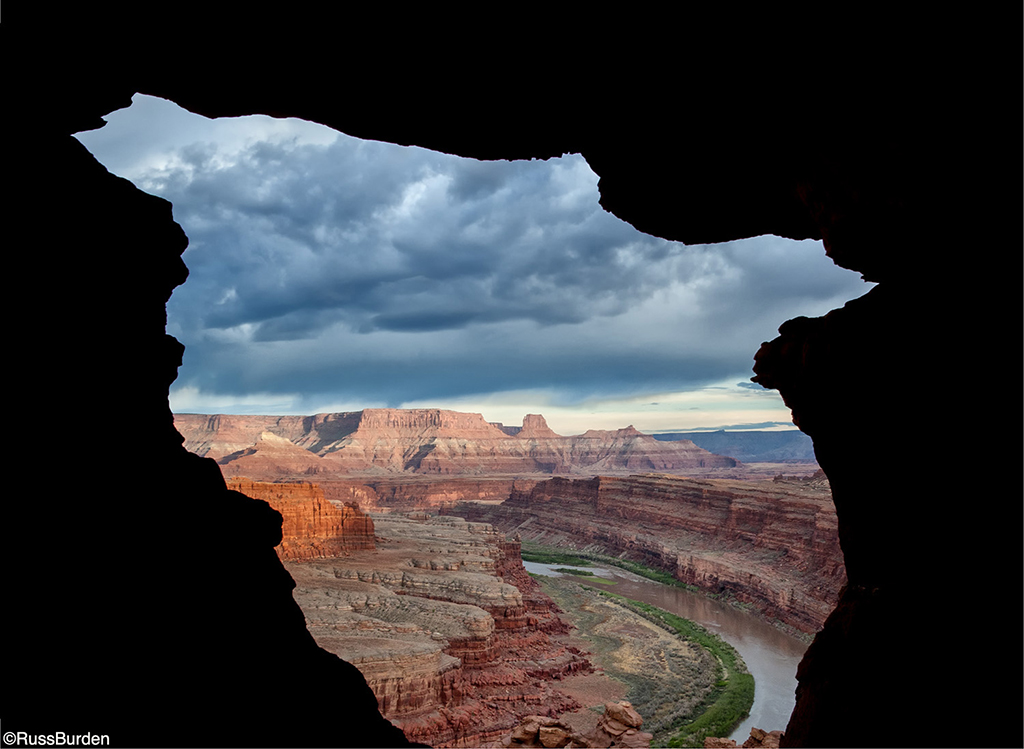
The definition of a portal is a doorway or entrance into something else. It can be grand and imposing or as simple as an opening through which passengers on a ship can view the outside world. In regard to computers, a portal serves as an entry point to the Internet. Ponder the magnitude of the Internet for a moment—a portal, therefore, is quite remarkable as it provides a corridor to world access. Because of its power, I want to unite it with photography to bring the word to even greater acclaim. Come with me and enter the world of photographic portals.
If I can look through a portal and view the outside world, it would be nice if a connection could be made between the portal and the scene beyond. If I look through the branches of a tree or between a stand of trunks and I view the forest, an association occurs. If I visit red rock country and study other formations through an arch, a kindred relationship is established. If I visit the southwest and stop in at an old church and view the grounds through an old adobe doorway, subject harmony abounds. Learn to see these connections so the next time you’re out in the field with your camera, you can create photographic portals.
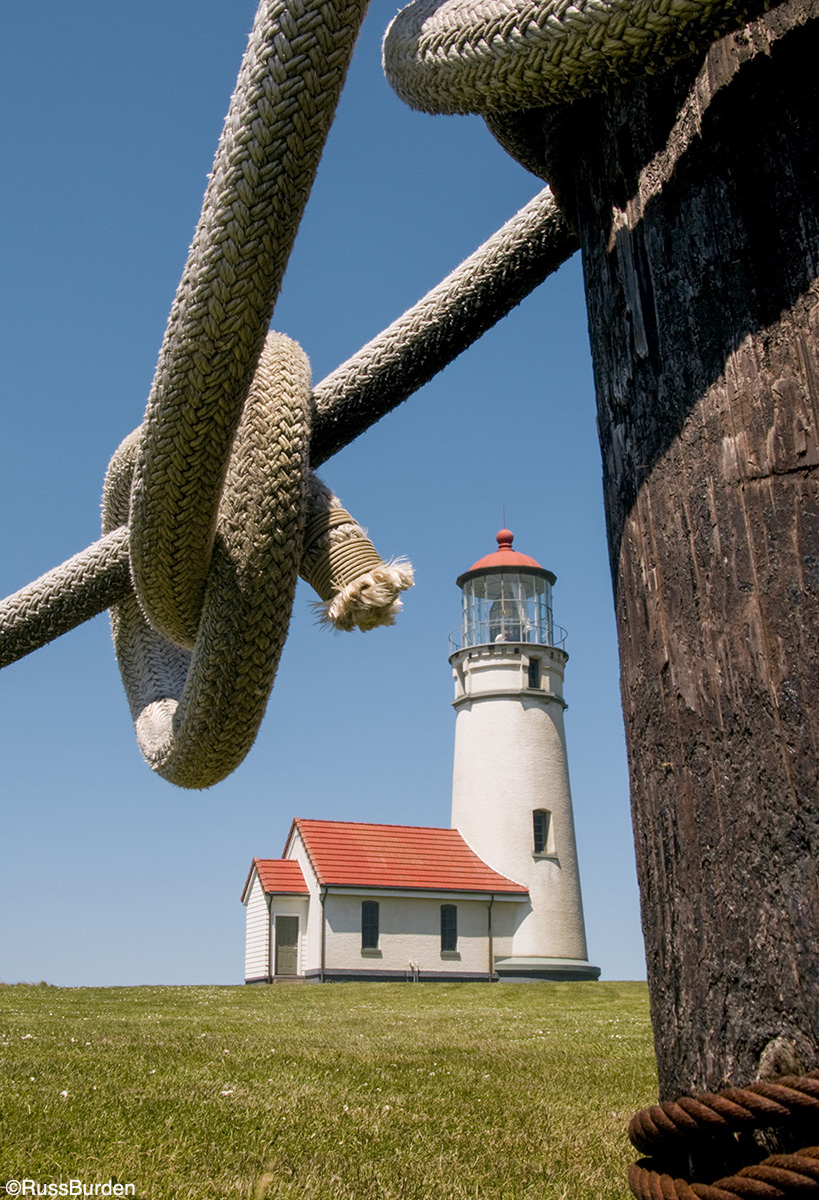
To create photographic windows to the world, there are key technical aspects that should be applied to each capture:
Depth of Field: To connect both the portal and what’s beyond, it’s imperative the depth of field extends from the foreground to the background. This requires a small aperture such as ƒ/16 or ƒ/22. Both provide more depth of field than when a lens is wide open. An option is to “focus stack,” but this requires knowledge of Photoshop to end up with a single file. (In some cases, shallow depth of field can work, so in order to “exhaust all possibilities,” don’t overlook this option.)
Focus Point: To maximize depth of field, focus one-third into the scene. Depth of field always falls one-third in front of the focus point and two-thirds beyond it. Focusing one-third into the composition in conjunction with an aperture of ƒ/16 or ƒ/22 provides the most depth of field possible in a single capture.
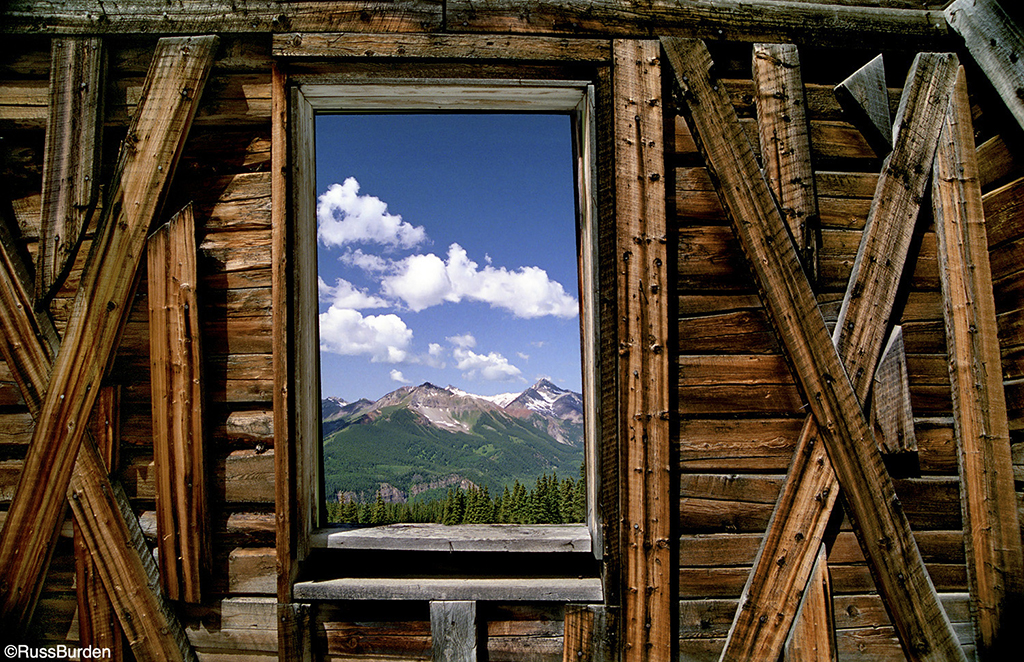
Focal Length: Restrict your lens use to wide angles, especially if your portal is close to the front element of the lens. Wide-angle lenses yield more depth of field than mid range or telephotos. Try to use lenses no longer than 35mm and apply the focus point and depth of field techniques above. It will be difficult or impossible to obtain the necessary depth of field if you use lenses in the range of 100mm and above. Keep in mind this is based on how close the foreground portal lives from your camera.
Tripod: To get the best quality capture, you want to use as low an ISO as your camera has. The native low ISO of most digital cameras is 100. With an ISO of 100 and an aperture of ƒ/22, shutter speeds will be slow. In order to make a sharp file, place the camera on a tripod and use a cable release to activate the shutter. Simply pressing the shutter button transfers movement to the camera that can rob the file of its sharpness. Therefore, use a cable release, the self-timer or exposure delay mode so movement isn’t introduced. Mirror lockup is also a good idea.
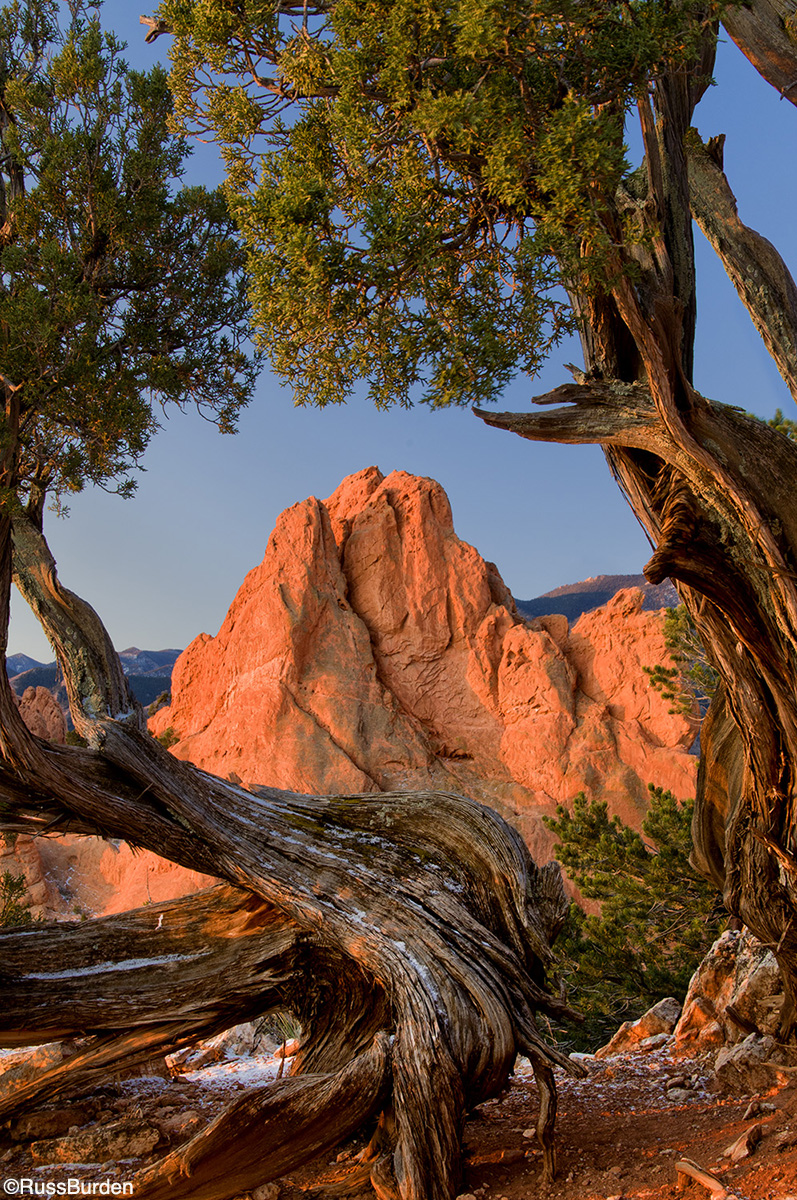
Create Depth: Use light to create depth in your portal photographs. If both the portal and background are illuminated, the image will take on less depth than if the window is in shade and the background is lit. Look for situations that provide all combinations of light or return to the same location at different times of the day to produce different effects.
Perimeter: Examine all edges and all corners of your composition. Eliminate bright spots that appear along the perimeter as they lead the eye out of the photo rather than keep the eye inside the image. Be cognizant of any little bits of sky that intrude. Tweak the composition to get rid of distractions.
Learn to view the world through wider-angle eyes, and as you approach every upcoming scene, think photographic portals.
Visit www.russburdenphotography.com for information about his nature photography tours and safari to Tanzania.
The post Photographic Portals appeared first on Outdoor Photographer.

